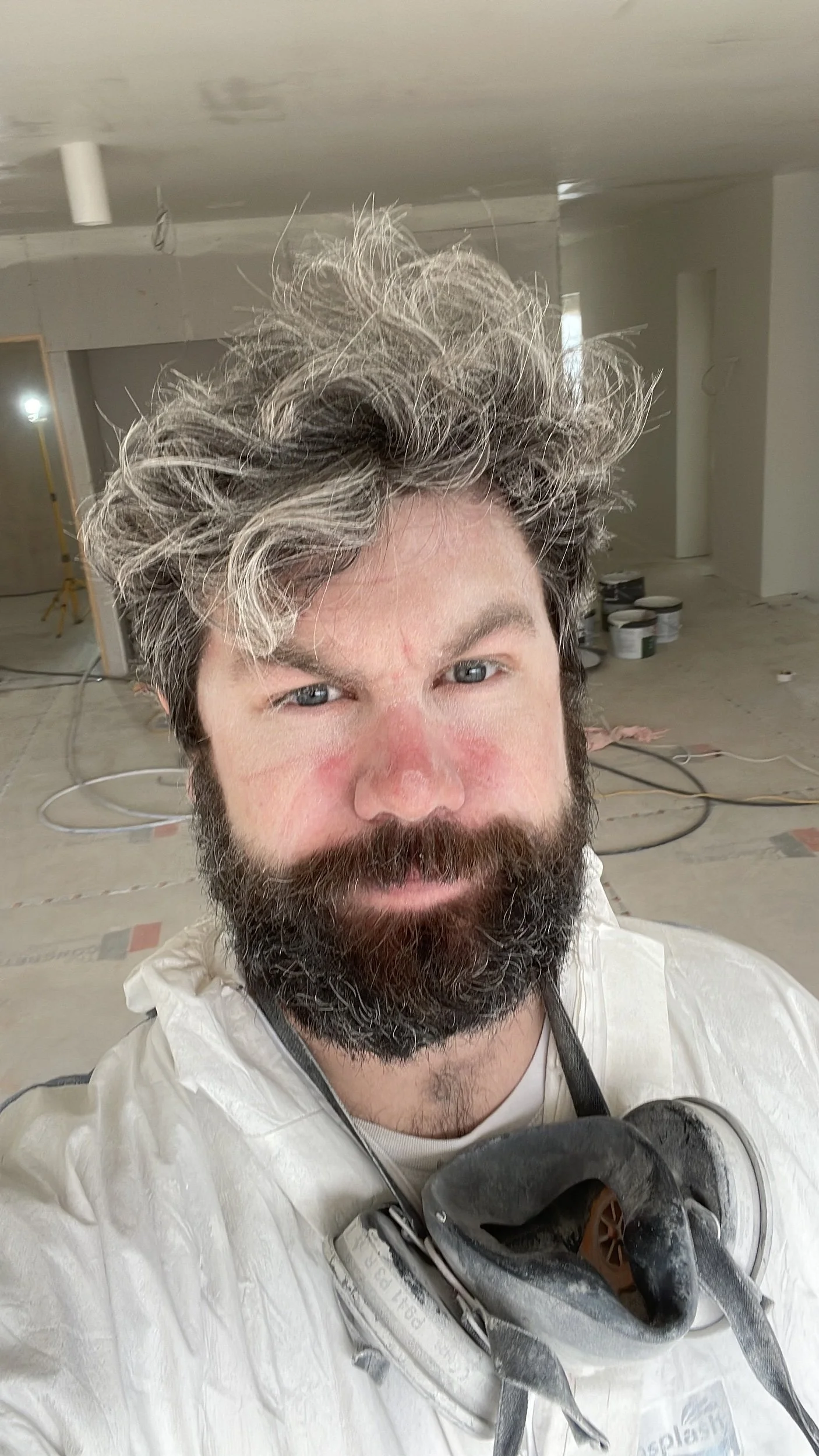Drying times
As any professional in the construction or renovation industry knows, time is money. With tight deadlines and high-pressure projects, it's important to keep everything on target and on schedule. One aspect that often gets overlooked, but is crucial to a successful project, is drying time.
Drying time refers to the time it takes for building materials to reach their full strength and stability. This includes materials such as concrete, plaster, and paint. While it may be tempting to rush through the drying process to save time, doing so can have serious consequences. Here are a few reasons why drying time is so important:
Quality of the final product: Rushing through the drying process can compromise the quality of the final product. For example, if you paint a wall before the previous coat has fully dried, the paint can crack or peel. Similarly, if concrete or plaster isn't allowed to dry properly, it can crack and weaken over time.
Safety: In addition to compromising the quality of the final product, rushing through the drying process can also compromise safety. For example, if a newly painted wall isn't fully dry and someone leans against it, they could get paint on their clothing or skin. Wet concrete or plaster can also be dangerous to walk on, increasing the risk of slips and falls.
Delays: While it may seem counterintuitive, taking the time to properly dry materials can actually save time in the long run. Rushing through the drying process can lead to mistakes and rework, which can cause delays and ultimately cost more time and money.
So, what can you do to ensure proper drying times? Here are a few tips:
Follow manufacturer's instructions: The manufacturer's instructions for drying times are there for a reason. Make sure to follow them closely to ensure the best possible outcome.
Monitor conditions: The temperature, humidity, and airflow in a room can all affect drying times. Make sure to monitor these conditions and make adjustments as needed.
Plan ahead: Make sure to build in enough time for drying when planning a project. This may mean adjusting the project timeline or scheduling work in stages to allow for proper drying times.
In conclusion, taking the time to properly dry building materials is crucial to the success of any project. Rushing through the drying process can compromise the quality of the final product, compromise safety, and cause delays. By following manufacturer's instructions, monitoring conditions, and planning ahead, you can ensure that your projects are completed on target and to the highest standards.

